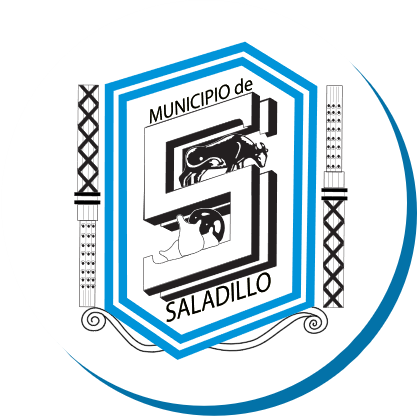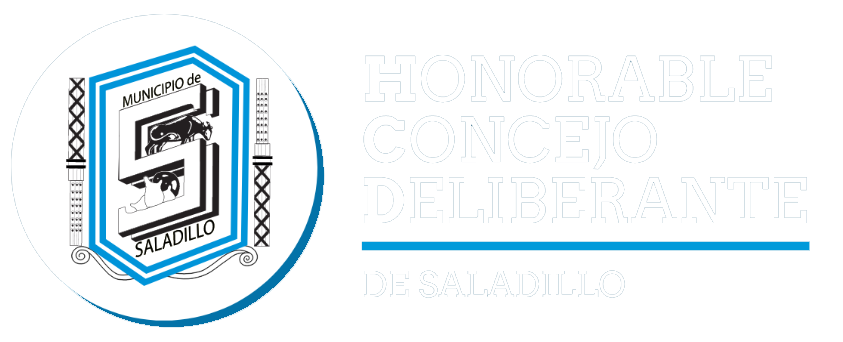This is a different concept from fiat money which might or might not possess a valuable store underlying it. For money to be legitimate representative money, it must have a valuable asset typescript angular material or item underlying the face value it carries. From an economic standpoint, the inflexibility of representative money can be a double-edged sword. On one hand, it can help prevent hyperinflation by keeping a check on the money supply.
Unlike modern paper money, which derives value from government decree, representative money was tied to a tangible asset, giving people confidence in its worth. The representative money definition was also applicable in the United States in the 19th century when banks would issue notes that were backed by gold or silver. These banknotes were known as “gold certificates” and “silver certificates”, and were redeemable for the corresponding precious metal upon demand. Representative money, while a significant step forward from commodity money, is not without its own set of challenges and criticisms.
The Ultimate Guide to Enterprise Funds in Government
In the past, people used commodities like gold and silver as a form of money. However, carrying around large amounts of these commodities was inconvenient and risky. Therefore, representative money was introduced as a more practical alternative.
When Trust Falters?
Abandoning gold backing provided necessary monetary policy flexibility. Representative money, on the other hand, is a form of currency that represents the intent to pay. Well into the 17th and 18th centuries, furs and other commodities that had recognized value could be used in lieu of cash in transactions.
Silver Certificates
This existed in the United States as silver certificates or gold certificates. The original British pounds were redeemable for their face value in pounds of silver at the Bank of England. Throughout history, representative money actually goes back further than even the use of coins. In ancient Babylon, Egypt, China, and India, palaces and temples maintained warehouses of commodities.
TIME REQUIRED
Representative money serves as a bridge between commodity-based currency and modern paper money, playing a crucial role in how economies function. Understanding representative money helps explain how financial systems evolved and why certain economic policies exist today. This knowledge proves valuable whether you’re managing personal finances, studying economics, or sending money internationally through modern financial services.
1 Selecting a Currency Framework
- When you deposit funds at a bank, you receive a receipt proving your ownership.
- This is to say that the physical notes that people used in exchange for goods and services represented an equal amount in gold.
- It does not actually transfer that currency to the other party; however, it entitles them to payment in the form of the relevant currency at a later date.
- This gold standard system collapsed largely because the U.S. government gave into the temptation to overprint their paper money supply beyond the gold which backed it in their vaults.
- Serving as a unit of account, money acts as a common standard for measuring the value of goods and services.
The country’s central bank finally had to stop printing money, causing the Zimbabwe dollar to lose value in the foreign currency market. Fiat money is a form of government-issued currency that does not have intrinsic value and is not backed by a physical commodity such as gold. Fiat money has been around for centuries, but its use has become increasingly common in the modern world. The U.S. dollar is a fiat currency, and so are the euro, British pound and Japanese yen, to how to buy on idex name a few. Widespread acceptance of representative money requires that the population trusts the certificate as much as the commodity that backs it.
Representative money, also referred to as receipt money, is a type of printed or digital currency that represents something valuable, yet lacks inherent worth. In 1933, the U.S. formally abandoned gold backing for domestic transactions. Bretton Woods (1944–1971) instituted a partial gold peg for USD only, while other currencies were pegged to the dollar. The 1971 “Nixon Shock” ended dollar–gold convertibility entirely, ushering in global fiat regimes.
In the digital marketplace, the phenomenon of potential customers leaving a website before… Depending on the commodity, this can be expensive and time-consuming, if it’s possible at all. Upon storing an item of value, the temple would issue its owner a Certificate of Deposit claiming ownership of their portion of the goods stored in the warehouse. This certificate could then be exchanged in place of having to exchange the goods themselves. In the realm of commerce, the pursuit of financial stability often necessitates the implementation…
It also plays a crucial role in monetary policy, as governments and central banks use it to manage inflation, stimulate economic growth, and stabilize financial markets. While fiat money is the right time to invest in crypto is now the predominant type of officially accepted currency, it carries certain risks. Mishandling the money supply, such as through excessive printing, can lead to hyperinflation. Political instability can erode trust in the country’s government and potentially diminish the currency’s value. Whenever a nation is in great straits for want of revenue, there is a great temptation to treat the metallic currency as a treasure to be temporarily borrowed for the necessities of the state. The ancient Greeks understood this as well as the modern English, Italians, or Americans.
It simply represents a transfer of value that has still not occurred. It indicates that the person who provided you with the cheque will pay you the represented amount when it is presented to a financial institution capable of exchanging it for fiat money. For example, prior to 15 August 1971, the US dollar (USD) was backed by gold. This is to say that the physical notes that people used in exchange for goods and services represented an equal amount in gold. So in theory, individuals should have been able to exchange US dollars for their equal value in gold, i.e. a $50 note should be directly exchangeable for $50 worth of gold.
- If an economy is in recession, the government needs to apply expansionary economic policies and if an economy is in inflation, the government needs to apply contractionary economic policies.
- Representative MoneyRepresentative money can be described as a token or certificate that can be exchanged for the underlying commodity.
- While it has its proponents and detractors, the debate over its efficacy continues to offer valuable insights into the principles that underpin our financial systems today.
- This trust is reflected in its use as the world’s primary reserve currency and its role in international trade and finance.
- This made the certificates for deposit a true and very early form of this representative money.
The practice arose of transferring possession by delivery of these receipts, or “goldsmith’s notes,” as they were called. Such notes are frequently referred to in Acts of Parliament, and even as late as 1746 most of the London bankers continued to be members of the Goldsmith’s Company. The main and most important function of money is that it can be used in the exchange of goods and services. As a widely accepted form of payment, it serves as a medium of exchange that allows those who use it to get what they need easily. Its value derives solely from government decree—legal tender laws require acceptance for all debts and taxes. The phrase “This note is legal tender for all debts, public and private.” is printed on each bill.
This is why governments and central banks strive to maintain the stability and integrity of their representative money. Fiat money is a type of representative money that is issued by a government and is not backed by a physical commodity. Its value is derived from the trust and confidence that people have in the government that issues it. Commodity money is a type of representative money that is backed by a physical commodity, such as gold or silver.
The most common types are fiat money, commodity money, and bank money. Understanding representative money is essential for anyone involved in trading. It’s a concept that underpins many financial transactions and influences the dynamics of the global economy.
Learn how representative money derives its value from underlying assets, its role in financial systems, and how it compares to other forms of currency. The gold standard limited governments’ ability to respond to economic crises. During the Great Depression, countries needed to increase money supplies to stimulate recovery, but gold reserves constrained these efforts.

